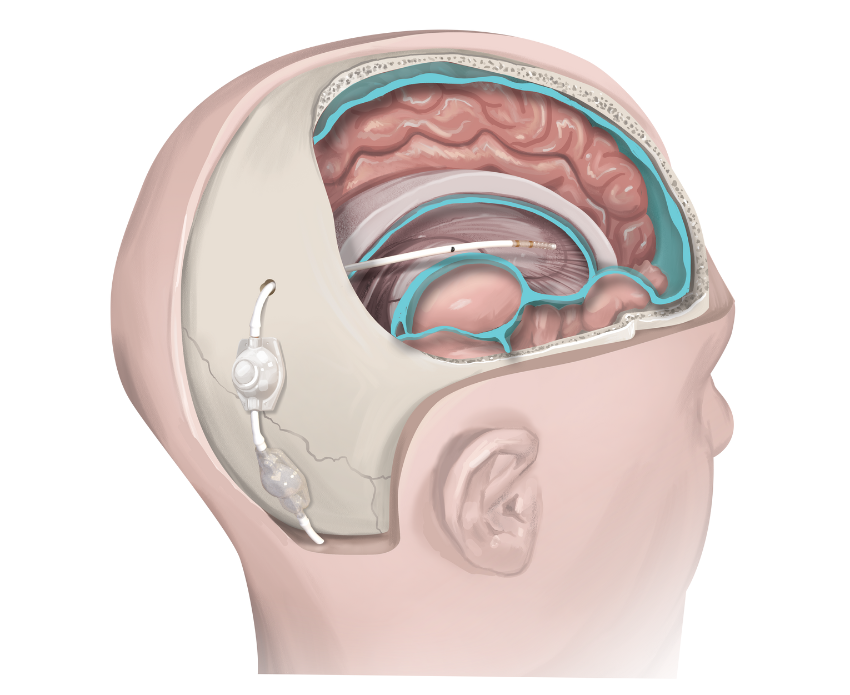
The ReFlow™ System Mini and the ReFlow™ Mini Flusher offer the only noninvasive technology to restore, increase, or maintain flow in a shunt system.
Our technology was developed through engagement with hydrocephalus experts, the broader scientific community, as well as patients and families.
When added as a component in a shunt system, the ReFlow™ Mini is designed to address one of the most common problems in hydrocephalus: ventricular catheter occlusions (blockages).



